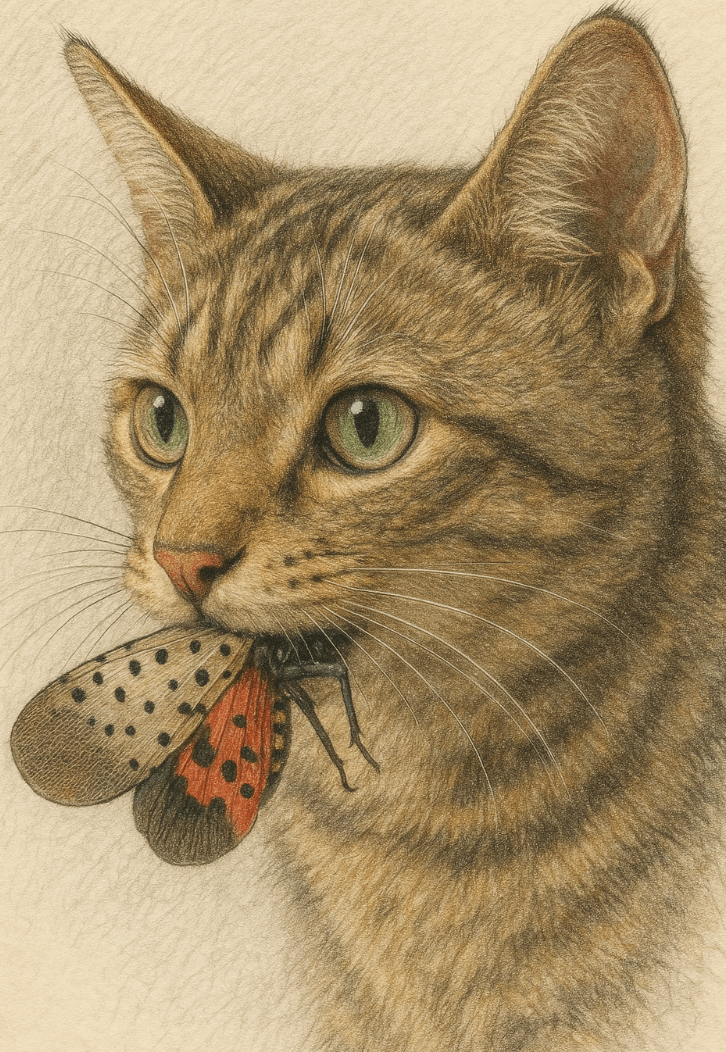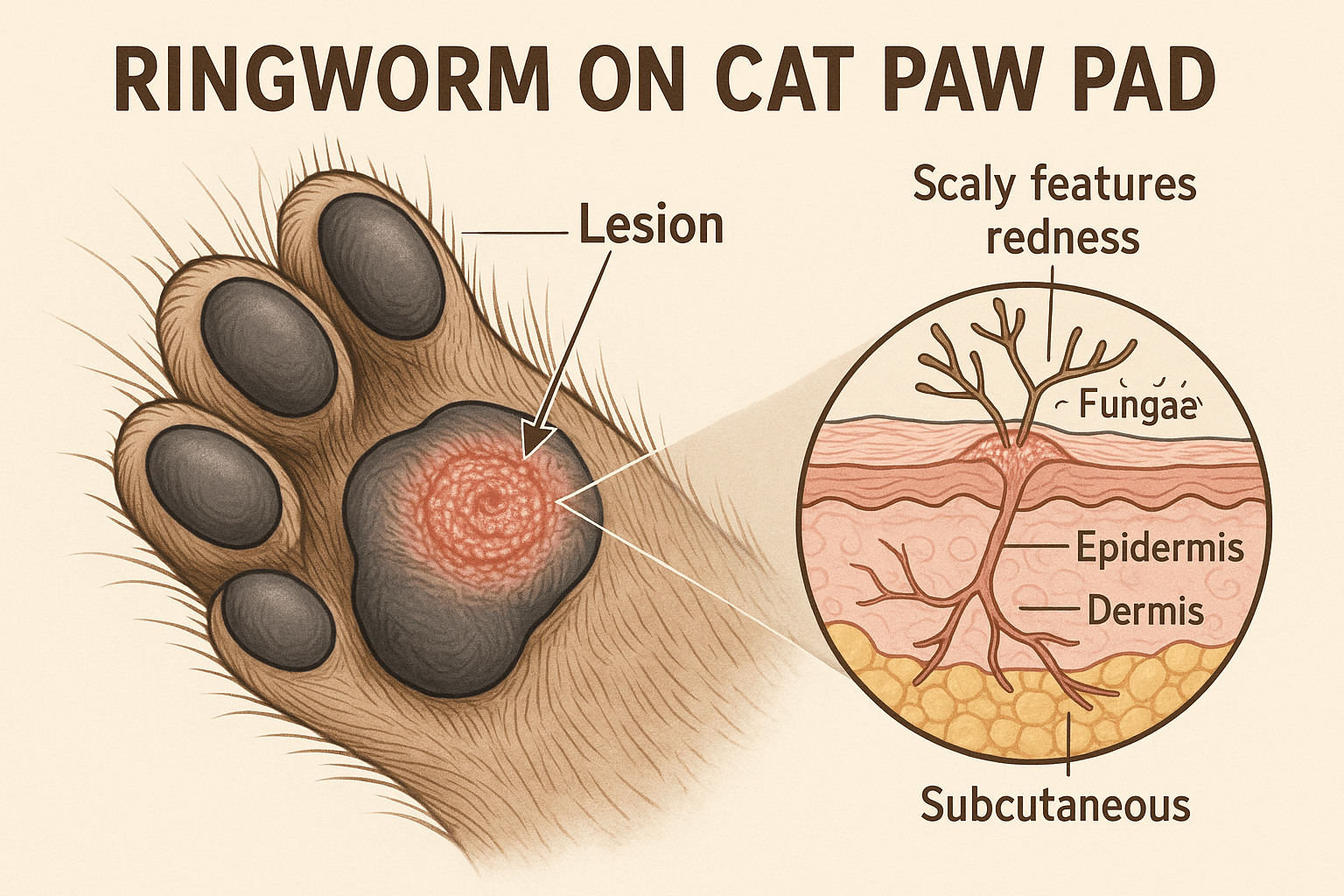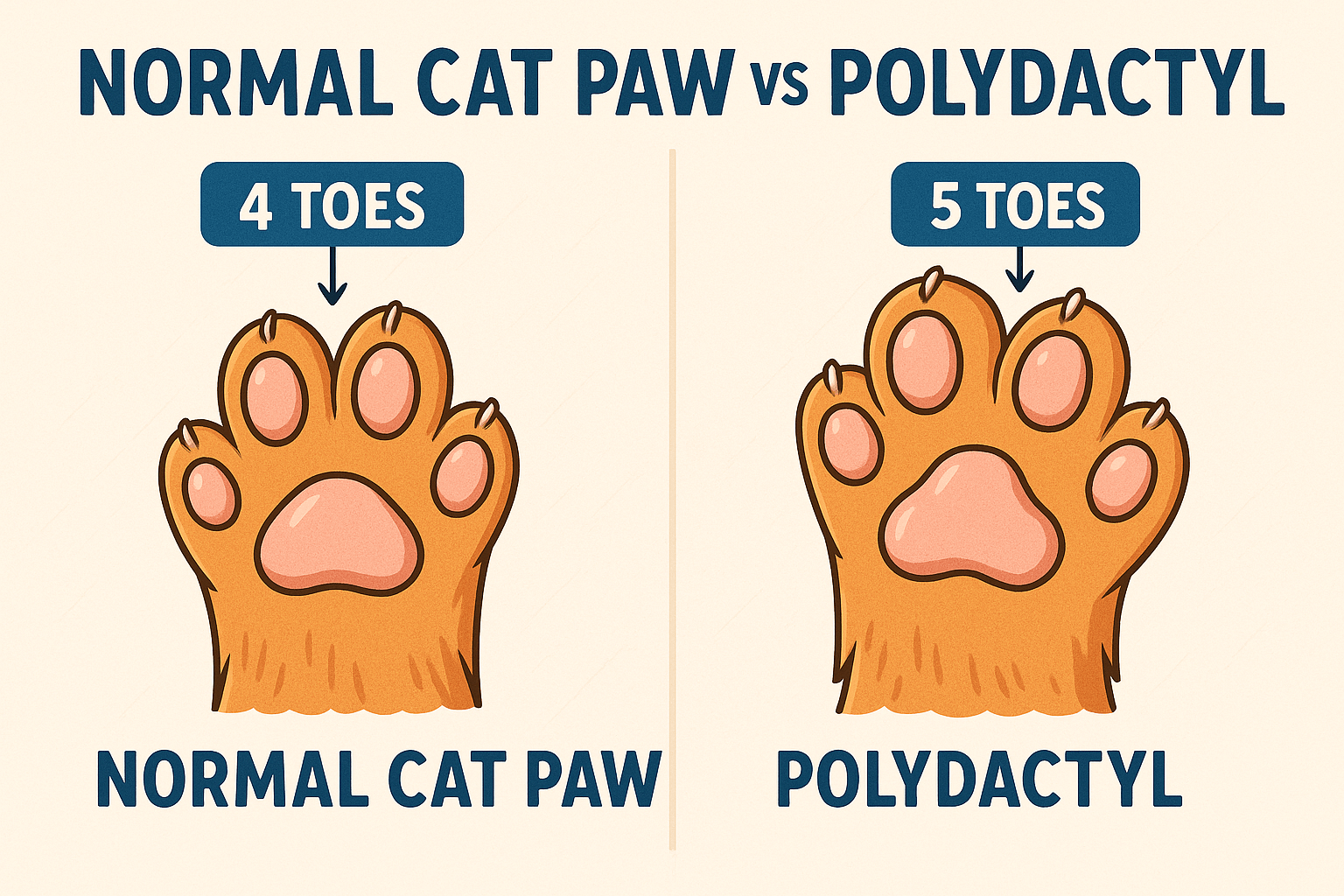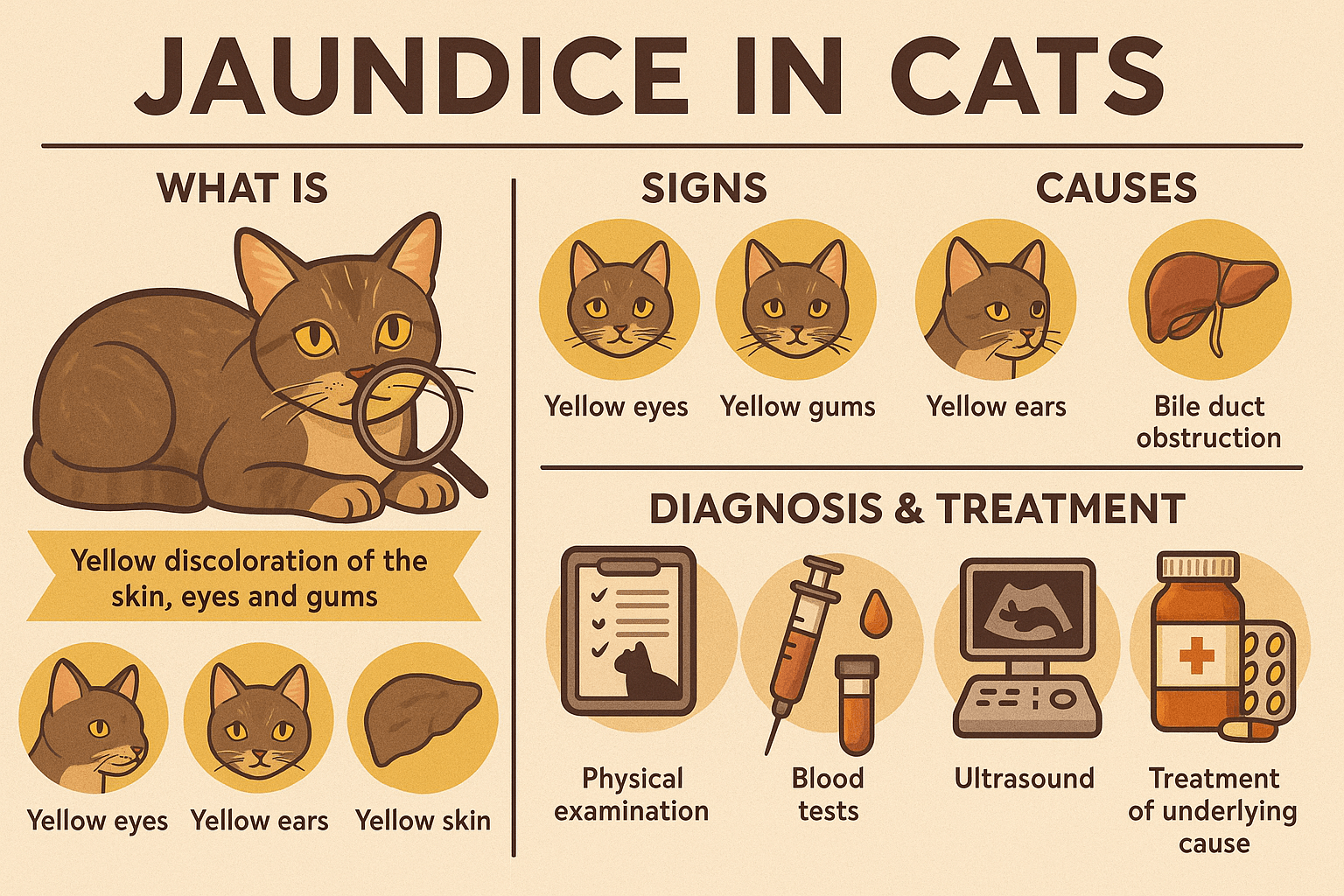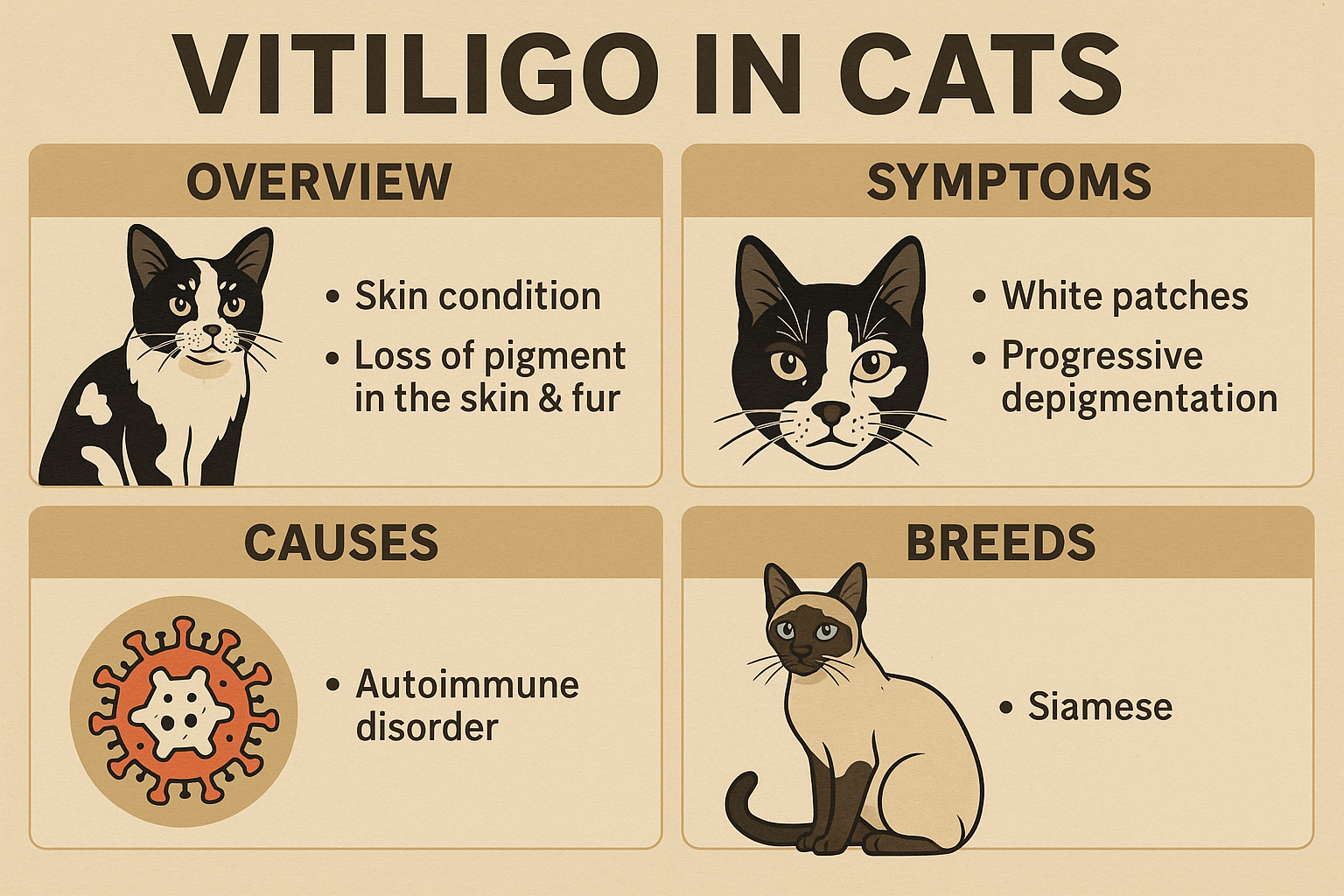Can Cats Eat Lanternflies?
The spotted lanternfly, an invasive pest wreaking havoc on crops and trees in certain regions, has become a growing concern for homeowners and farmers alike. But what about our feline friends? If you’ve ever caught your curious cat batting at or even munching on one of these colorful insects, you might wonder: can cats eat lanternflies safely? While lanternflies are not toxic to cats, there are still important considerations to keep in mind. In this blog post, we’ll explore the potential risks and benefits, how to handle encounters between your cat and lanternflies, and tips for keeping both your pet and environment safe. Let’s dive into everything you need to know about cats and lanternflies.
Potential Risks of Cats Eating Lanternflies
While lanternflies themselves are not poisonous, allowing your cat to eat them isn’t entirely risk-free. Here are some concerns to keep in mind if your feline decides to snack on these pests.
Pesticide Exposure:
Lanternflies may have come into contact with pesticides or chemicals used to control their spread. Ingesting these toxins could harm your cat.Choking Hazard:
Though small, lanternflies have hard exoskeletons that could pose a choking risk if swallowed whole.Digestive Upset:
Consuming too many lanternflies might lead to vomiting or diarrhea due to their tough outer shells or unfamiliar proteins.Allergic Reactions:
Some cats may have sensitivities to insects, which could result in mild allergic reactions like itching or swelling.Behavioral Changes:
Eating lanternflies might encourage your cat to chase after more insects, increasing the risk of consuming harmful bugs or chemicals.
While occasional nibbling is unlikely to cause serious harm, it’s best to discourage your cat from eating lanternflies altogether.
Benefits of Cats Hunting Lanternflies
On the flip side, cats are natural hunters, and their instinct to chase lanternflies can actually be beneficial—for both your home and the ecosystem. Here’s how your cat’s hunting habits might help.
Natural Pest Control:
By catching lanternflies, your cat can reduce their numbers around your property, protecting plants and trees.Mental Stimulation:
Hunting provides mental enrichment and physical exercise, satisfying your cat’s predatory instincts.Eco-Friendly Solution:
Unlike chemical treatments, using your cat as a form of pest control is environmentally friendly and cost-effective.Bonding Opportunity:
Watching your cat hunt can be entertaining and strengthen your bond through shared experiences.Reduced Spread of Infestations:
Fewer lanternflies mean less chance of them laying eggs and spreading to other areas.
While there are clear benefits, it’s essential to balance these advantages with the potential risks mentioned earlier.
Check this guide 👉Can Cats Eat Mochi? Best 7 Expert Tips!
Check this guide 👉Can Cats Eat Kimchi? Best 7 Expert Tips!
Check this guide 👉Can Cats Eat Apple Cider Vinegar? Best 7 Expert Tips!
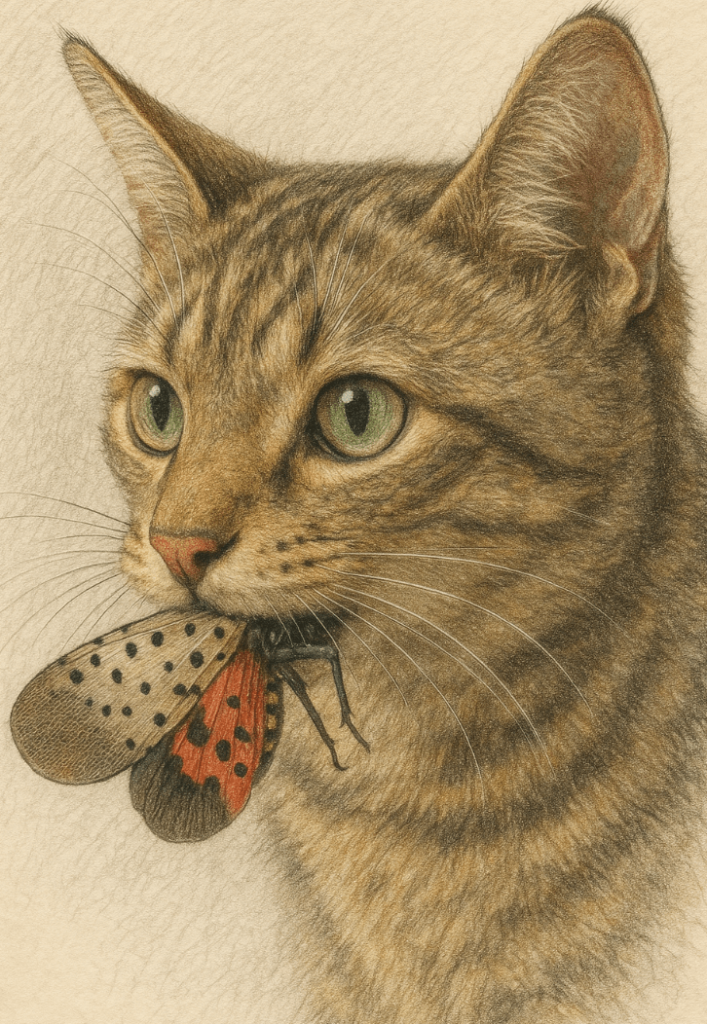
Pros of Cats Eating Lanternflies | Cons of Cats Eating Lanternflies |
|---|---|
Natural pest control | Risk of pesticide ingestion |
Mental and physical stimulation for cats | Potential digestive upset |
Eco-friendly alternative to chemicals | Choking hazard from hard exoskeletons |
Reduces lanternfly populations locally | Possible allergic reactions |
Cost-effective solution for homeowners | Encourages chasing other potentially harmful insects |
How to Safely Handle Cats and Lanternflies
If your cat shows interest in lanternflies, there are steps you can take to ensure their safety while minimizing risks. Follow these tips for a balanced approach.
Monitor Interactions Closely:
Keep an eye on your cat when they’re near lanternflies to prevent excessive consumption or exposure to chemicals.Check for Pesticides:
If lanternfly control measures involve pesticides, ensure your cat doesn’t come into contact with treated areas.Provide Distractions:
Offer toys or interactive play to redirect your cat’s attention away from hunting lanternflies.Inspect Your Cat After Outdoor Time:
Check their fur and paws for any signs of insect residue or irritation after outdoor adventures.Consult Your Veterinarian:
If your cat frequently eats lanternflies or shows signs of illness, seek advice from your vet promptly.
By taking these precautions, you can protect your cat while still allowing them to engage in natural behaviors.
Signs Your Cat May Be Unwell After Eating Lanternflies
Even though lanternflies aren’t inherently toxic, it’s important to watch for signs of distress or illness after your cat has eaten them. Early detection ensures timely intervention.
Vomiting or Diarrhea:
These symptoms could indicate digestive upset caused by the lanternfly’s exoskeleton or other factors.Lethargy or Weakness:
A sudden lack of energy may signal poisoning or another underlying issue.Excessive Drooling:
Drooling could suggest irritation in the mouth or throat from chewing on lanternflies.Swelling or Itching:
Allergic reactions might manifest as swelling around the face or persistent scratching.Difficulty Breathing:
Labored breathing is a serious symptom that requires immediate veterinary attention.
Recognizing these signs early allows you to act quickly and safeguard your cat’s health.
Common Misconceptions About Cats Eating Lanternflies
There are several myths surrounding cats and lanternflies that deserve clarification. Understanding the truth helps you make better decisions for your pet.
Myth: Lanternflies Are Always Safe for Cats to Eat:
While not toxic, they may carry pesticides or cause digestive issues, making them less than ideal snacks.Myth: Cats Will Naturally Avoid Harmful Insects:
Cats are curious by nature and won’t always avoid insects, even if they’re harmful.Myth: Eating Lanternflies Has No Impact on Cats:
Even non-toxic insects can cause minor health issues like vomiting or diarrhea.Myth: Lanternflies Can’t Harm Plants or Trees:
In reality, lanternflies are highly destructive pests that threaten ecosystems and agriculture.Myth: Indoor Cats Are Safe from Lanternflies:
Lanternflies can enter homes, so even indoor cats aren’t completely immune to encounters.
Clearing up these misconceptions ensures you’re better prepared to handle your cat’s interactions with lanternflies.
Alternative Ways to Protect Your Garden from Lanternflies
If you’re concerned about lanternflies damaging your garden, there are safer and more effective methods than relying solely on your cat.
Use Natural Repellents:
Plant-based sprays like neem oil or garlic solutions can deter lanternflies without harming pets.Install Traps:
Sticky traps or circle traps specifically designed for lanternflies can reduce their numbers significantly.Remove Host Plants:
Tree-of-heaven, a favorite host plant for lanternflies, can be removed to discourage infestations.Encourage Beneficial Predators:
Birds, praying mantises, and other natural predators can help control lanternfly populations.Regular Inspections:
Check trees and plants frequently for egg masses or adult lanternflies and remove them promptly.
These strategies provide eco-friendly ways to manage lanternflies without risking your cat’s safety.
Fun Activities to Distract Your Cat from Lanternflies
If you want to redirect your cat’s attention away from lanternflies, engaging them with fun activities is a great solution.
Interactive Toys:
Feather wands, laser pointers, and puzzle toys stimulate your cat’s hunting instincts indoors.Window Perches:
Set up a perch near a window where your cat can watch birds or insects safely from inside.Catnip-Filled Toys:
Toys infused with catnip can captivate your cat’s attention and satisfy their playful urges.Training Sessions:
Teach your cat tricks or commands using treats as rewards to keep them mentally engaged.DIY Hunting Games:
Hide treats or toys around the house to mimic the thrill of the hunt without involving real insects.
Providing these distractions ensures your cat stays entertained while staying safe from potential hazards outdoors.
Frequently Asked Questions About Cats and Lanternflies
Are lanternflies toxic to cats?
No, lanternflies are not inherently toxic, but they may carry pesticides or cause digestive issues.
What should I do if my cat eats a lanternfly?
Monitor your cat closely for any signs of illness and consult your vet if symptoms arise.
Can kittens eat lanternflies safely?
Kittens are more vulnerable to choking hazards and digestive issues, so it’s best to discourage them from eating lanternflies.
How can I keep my cat away from lanternflies?
Use deterrents like citrus sprays (safe for pets) or provide indoor enrichment to limit outdoor exposure.
Do lanternflies harm my garden?
Yes, lanternflies feed on plants and trees, causing significant damage if left unchecked.
Balancing Fun and Safety for Your Cat Around Lanternflies
Cats and lanternflies can coexist, but it’s crucial to strike a balance between allowing your cat to indulge their natural instincts and ensuring their safety. While lanternflies aren’t toxic, the potential risks—such as pesticide exposure or digestive upset—mean you should remain vigilant. By monitoring your cat’s behavior, providing alternatives, and seeking veterinary advice when needed, you can enjoy peace of mind knowing your furry friend is protected. Ultimately, your cat’s curiosity and hunting prowess can even contribute to reducing lanternfly populations, making them a valuable ally in pest control efforts.
Ringworm on Cat Paw Pad: Best 7 Expert Tips! Discover expert advice on identifying, treating, and preventing ringworm on your cat’s paw pad to ensure their health and comfort.
Normal Cat Paw vs Polydactyl: Best 7 Expert Tips! Discover the unique traits of polydactyl cats, care tips for their extra toes, and how they differ from normal paws in functionality and charm.
Understanding Jaundice in Cats: Best 7 Expert Tips! Discover causes, symptoms, and treatment options to help your feline friend recover from jaundice effectively.
Understanding Vitiligo in Cats: Best 7 Expert Tips! Discover expert advice on identifying, managing, and supporting cats with vitiligo while celebrating their unique beauty.

